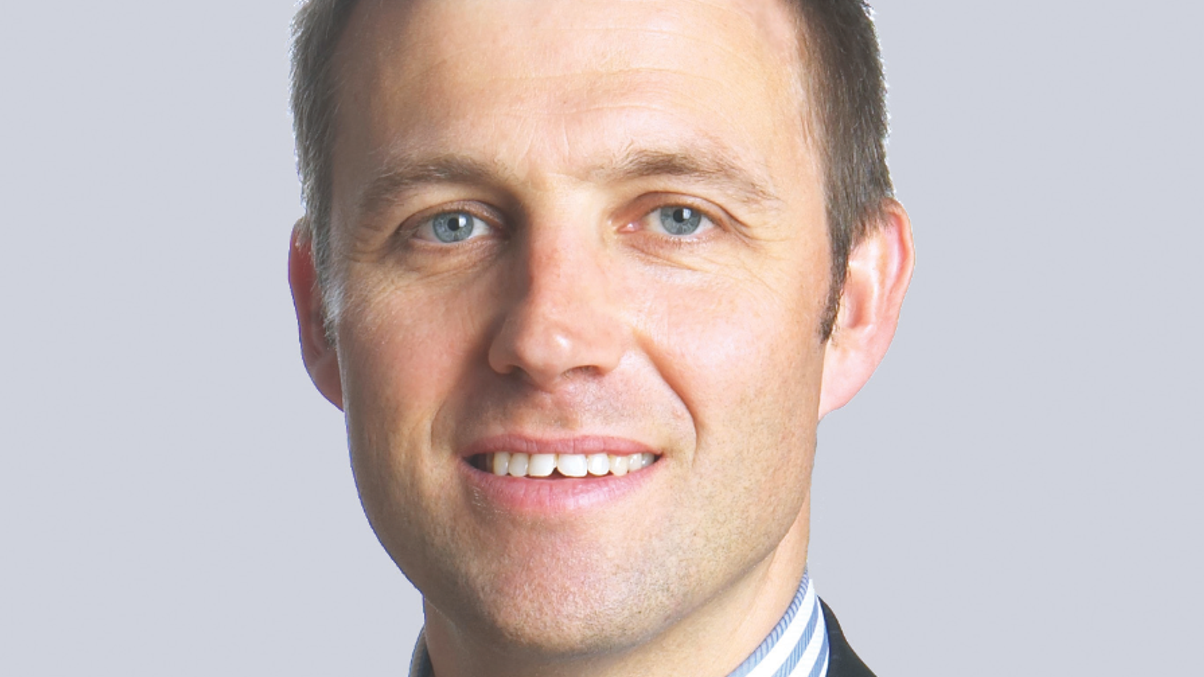Credit pioneer shaped by a crisis
David Neal, CIO of Australia’s Future Fund.

Having joined Australia’s A$85 billion ($78.1 billion) sovereign wealth fund when it was set up in July 2007, David Neal has been instrumental in shaping the Future Fund’s investment approach.
Sign In to Your Account
Access Exclusive AsianInvestor Content!
Please sign in to your subscription to unlock full access to our premium AI resources.
Free Registration & 7-Day Trial
Register now to enjoy a 7-day free trial—no registration fees required. Click the link to get started.
Note: This free trial is a one-time offer.
¬ Haymarket Media Limited. All rights reserved.


